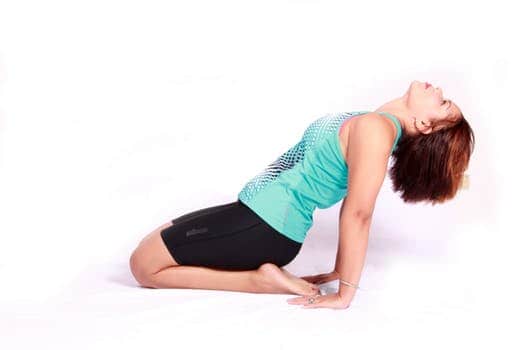Back problems were collectively considered the 3rd cause of burden across all injuries and diseases in Australia last 2011. The implications of back pain transcend the physical pain to include loss of productivity hours, decreased mobility, and affected relationships.
Worst cases of back problems require medication, brace supports, and regular doctor visits. These are effective remedies, yes, but still there are other less costly alternatives for back pain relief that you can employ. Stretching is among them.
Why Stretch?
Disc compression and misalignment, muscle tearing and tension, and perhaps broken bones and worn-out ligaments are all possible causes of back pain.
Stretching is the perfect solution to correcting misalignments, relaxing knotted muscles, relieving muscle tension, enhancing mobility, and decreasing the risk for disability.
Yet of course the coverage only includes stretches specifically designed to relieve back and neck pain, as recommended by physicians, spine specialists, or therapists.
Back Stretches
Often, the lower back muscles are what cause the pain. The best exercises for lower back include the trunk rotation, child’s pose, and the cat/camel pose. To begin trunk rotation, lie down on a mat with your knees bent.
Bring your bent left leg to the right side, all the way down to the floor, while your entire upper back remains flat on the surface. Do the same stretch to your right leg for a good 5 to 10 seconds.
At the very least, perform 5 reps on each side. Trunk rotation relaxes the trunk muscles and increases spine movement.
Both the child and cat-camel poses are yoga poses that immediately attenuate back pain. Position yourself on all fours on the mat. Sit with your hips on your legs and slowly bring your body and arms forward until they touch the floor.
With your face down the mat, feel the stretch as you hold the pose for at least 5 seconds. To perform the cat-camel stretch, sit on fours with your spine aligned with your neck and head. Then, arch your back upwards and hold it for 5 secs.
Release, arch downwards, and hold it. Alternate arching your back for 10 reps and feel your abdominal muscles and spine improving.
Hip Stretches
Neck, hips, and legs also affect the back as the muscles and bones are connected to the spine. Your regimen should, therefore, be holistic.
A common exercise for hips is the hip flexor stretch which is done by kneeling and then extending your left leg back while your right knee remains bent. Carefully lean towards your right knee, arms extended on the floor.
Feel the stretch in the thighs and repeat the same procedure with the other leg. The hip flexor exercise addresses the tight front hips problem caused by prolonged sitting and often leads to stress in the lower back when standing. Increased hip flexor flexibility reduces back pain.
Leg stretches are also important since prolonged sitting causes tightness of the back leg muscles which consequently leads to difficulties when bending. A simple hamstring exercise will do wonders.
Sit on the floor, extend one leg, and bend the other. Lean forward starting from your hips towards the extended leg. Do the same with the other leg. This routine will significantly improve mobility when bending.
While the above stretches are effective, you need time before you can feel significant change. This especially holds true for chronic back pain or pain that lasts for more than a quarter. Be comfortable asking your doctor or therapist for recommendations before starting a routine.
- 6 Benefits of Using Seat Cushion - February 20, 2024
- 4 Tips to Fix Uncomfortable Chair - February 19, 2024
- How to Position Lumbar Support on Ergonomic Chair - February 15, 2024


